Hanoi inaugurates modern waste-to-energy plant
Seraphin is the first modern waste-to-energy plant in Vietnam fully invested, designed, built, and supervised by a domestic private enterprise, demonstrating the ability of Vietnamese companies to master advanced technologies.
The Hanoi People’s Committee and AMACCAO Group on September 18 inaugurated the Seraphin waste-to-energy plant at the Xuan Son solid waste treatment complex in Tung Thien ward, marking a significant step towards sustainable waste management in the capital.
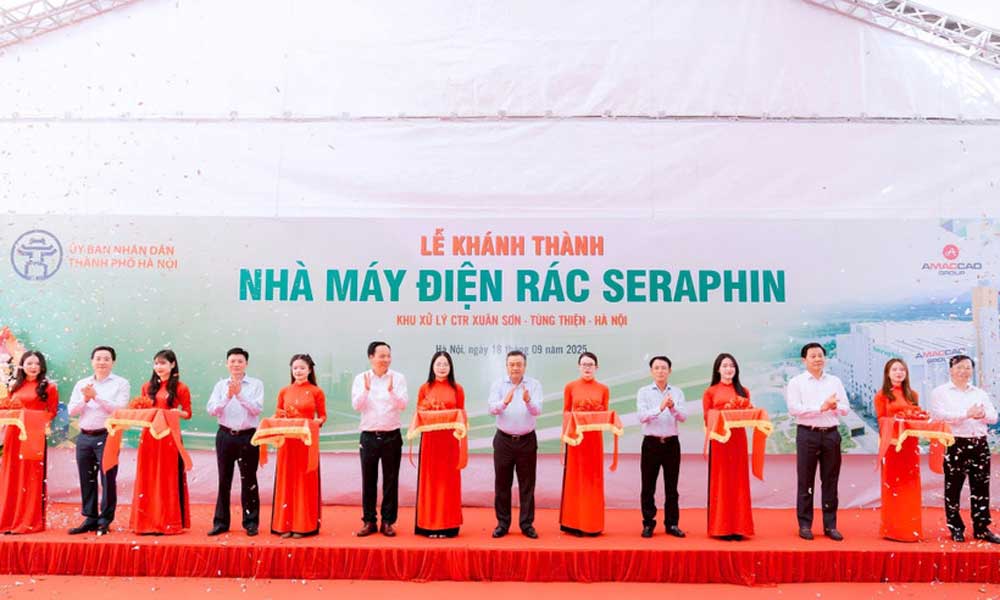 |
|
At the inauguration. |
Hanoi currently generates around 7,600 tonnes of household waste each day, placing immense pressure on infrastructure, the environment, and residents’ quality of life.
Landfilling has long been the dominant method, but it is outdated and carries significant risks of soil, water, and air pollution. Against this backdrop, the launch of the Seraphin plant is seen as a breakthrough solution.
The facility is capable of treating 2,250 tonnes of waste daily – equivalent to roughly one-third of the city’s total household waste – and generating 37 MW of electricity per hour, enough to supply for tens of thousands of households.
It applies the Martin technology from Germany, reducing the landfill volume by 97–98% while ensuring exhaust gas and fine dust emissions meet the stringent EU2010 standards.
A notable feature is the circular economy approach, with by-products such as slag and ash reused to produce precast concrete and non-fired bricks.
With a total investment of around 5 trillion VND (nearly 190 million USD) and covering 6.28 hectares, Seraphin is the first modern waste-to-energy plant in Vietnam fully invested, designed, built, and supervised by a domestic private enterprise. This demonstrates the ability of Vietnamese companies to master advanced technologies.
The project received investment approval from the Hanoi People’s Committee in late 2021 and began construction in March 2022.
After more than three years of continuous work, the plant started receiving and treating waste on May 1, 2025 and began commercial power generation on July 1, 2025. The timeline is considered a “record” as similar projects worldwide often take 5–8 years to be completed.
Speaking at the inauguration, Vice Chairman of the Hanoi People’s Committee Nguyen Trong Dong praised the proactive role of city departments and agencies – particularly the departments of construction, finance, and agriculture and environment – in removing obstacles and ensuring the project was completed on schedule, with high quality and efficiency.
He stressed that the Seraphin plant is only the beginning as the city aims to end the landfilling of household waste entirely in the coming years, replacing it with advanced treatment technologies such as waste-to-energy, recycling, and reuse.
To achieve this, Dong said, Hanoi will continue to expand modern waste-to-energy plants, develop centralised waste treatment zones, and promote waste sorting at source, a key solution linked with raising public awareness.
The city also pledged to create the most favourable conditions for enterprises to invest in waste treatment, working towards a cleaner, greener, and more modern Hanoi.
 Bắc Ninh
Bắc Ninh
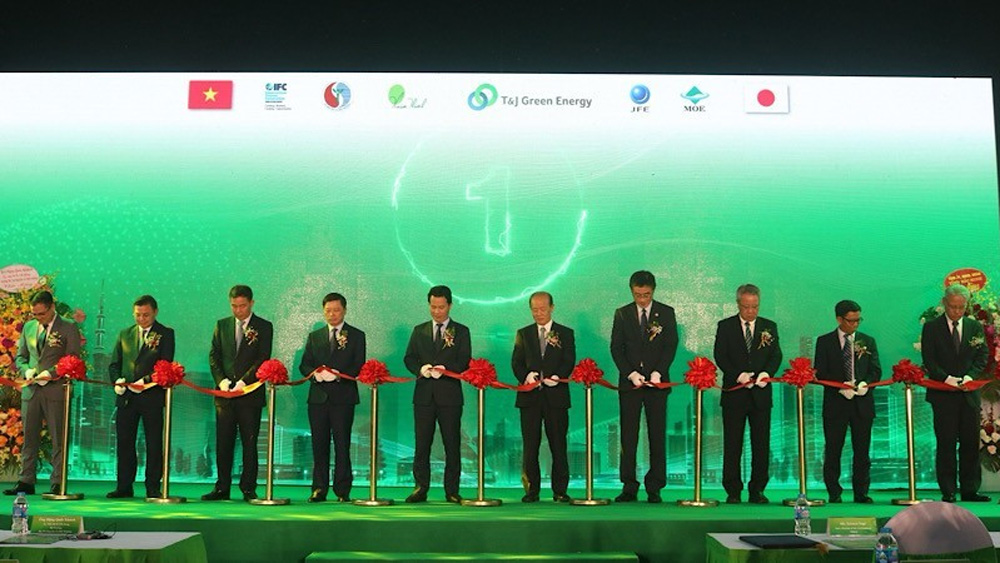
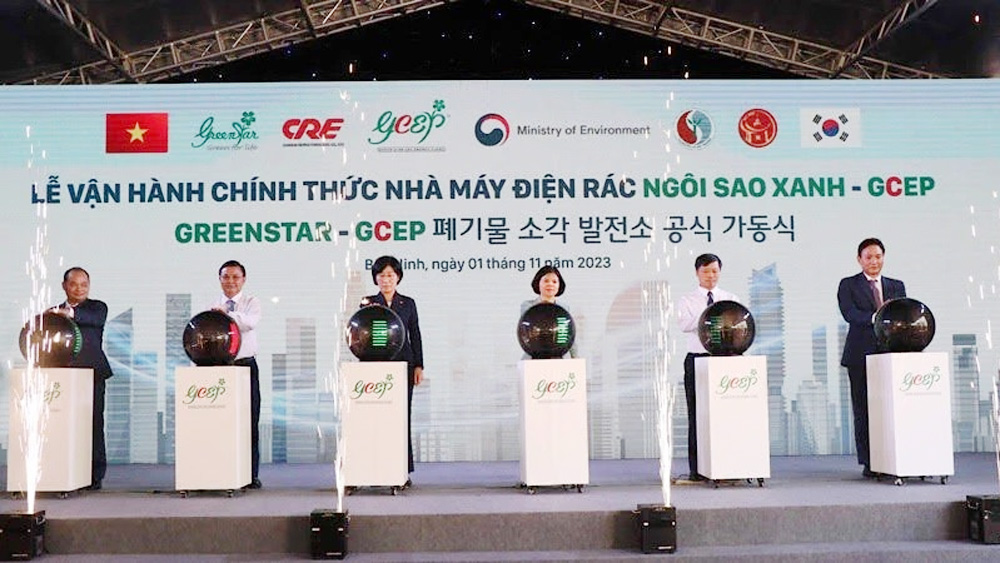
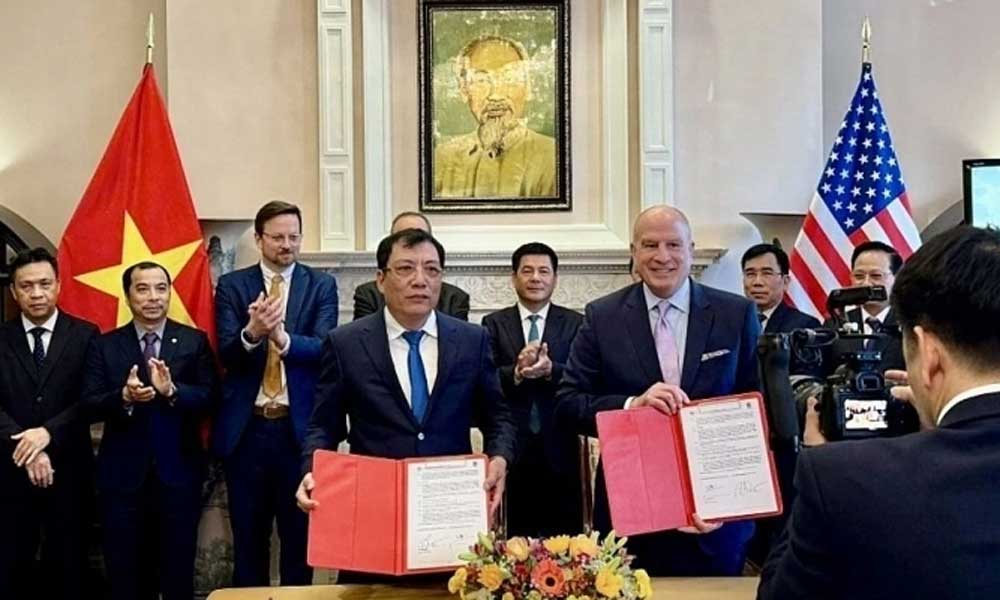

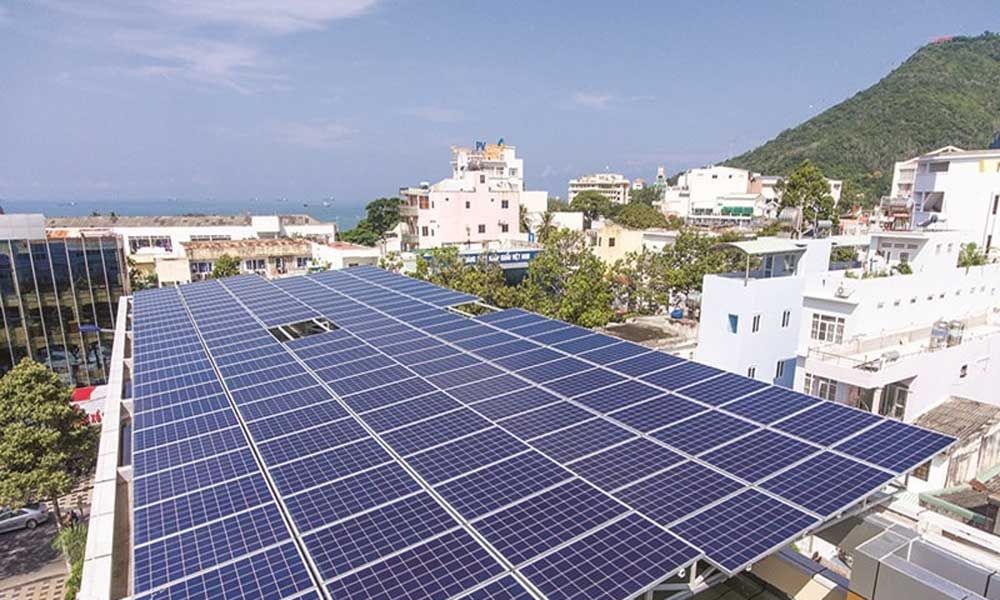
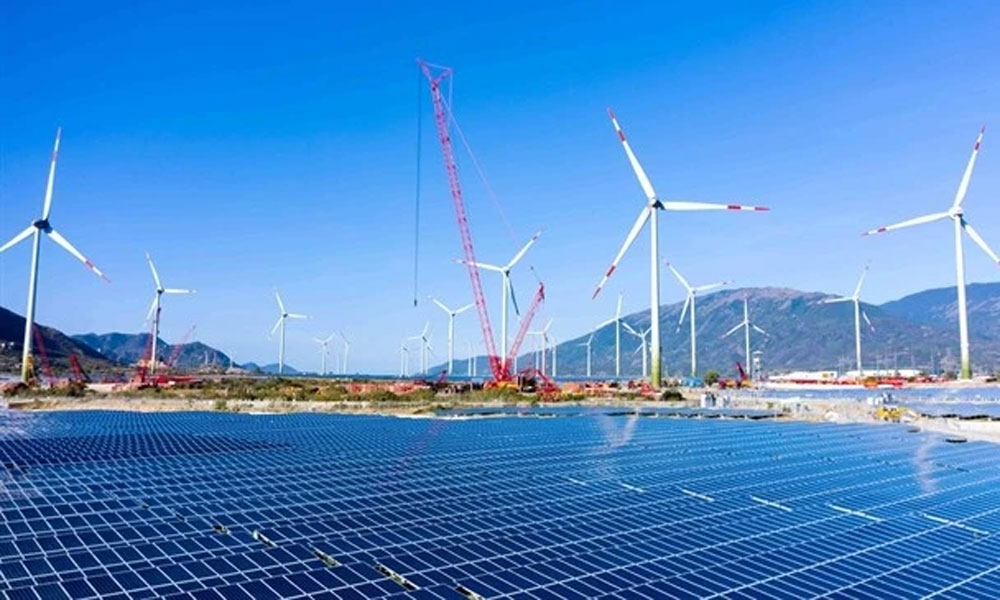

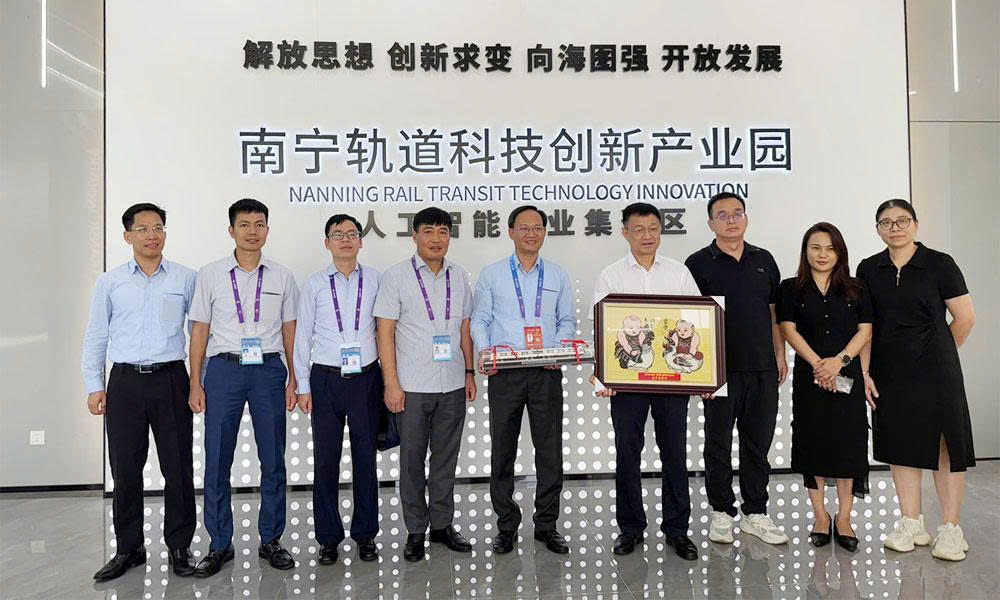

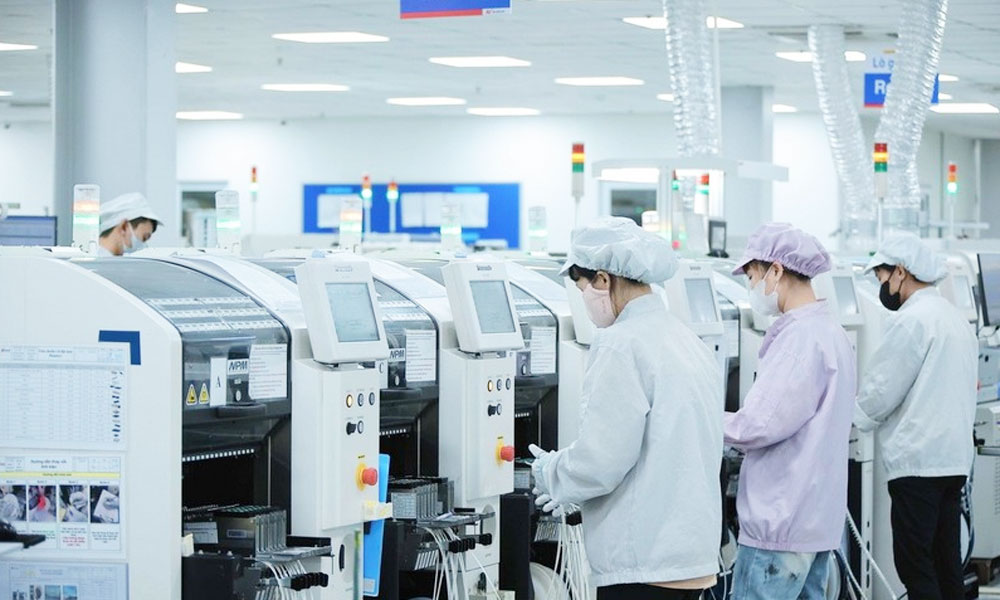

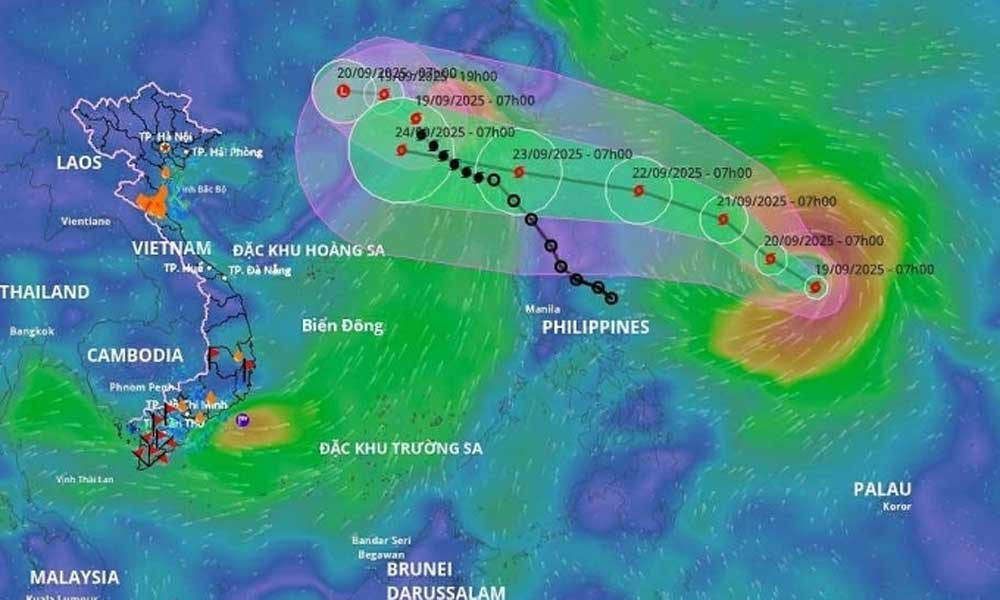

Reader's comments (0)